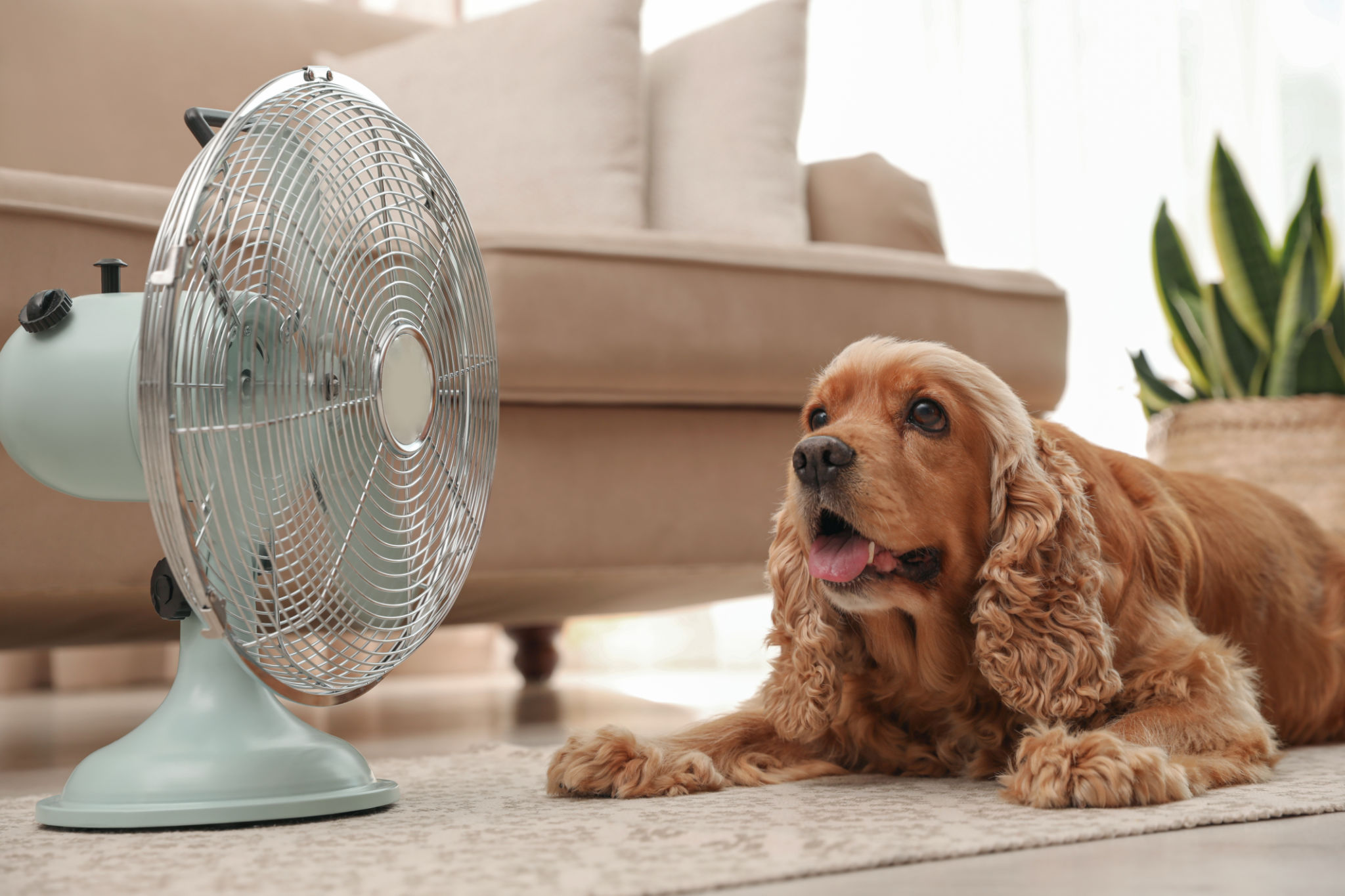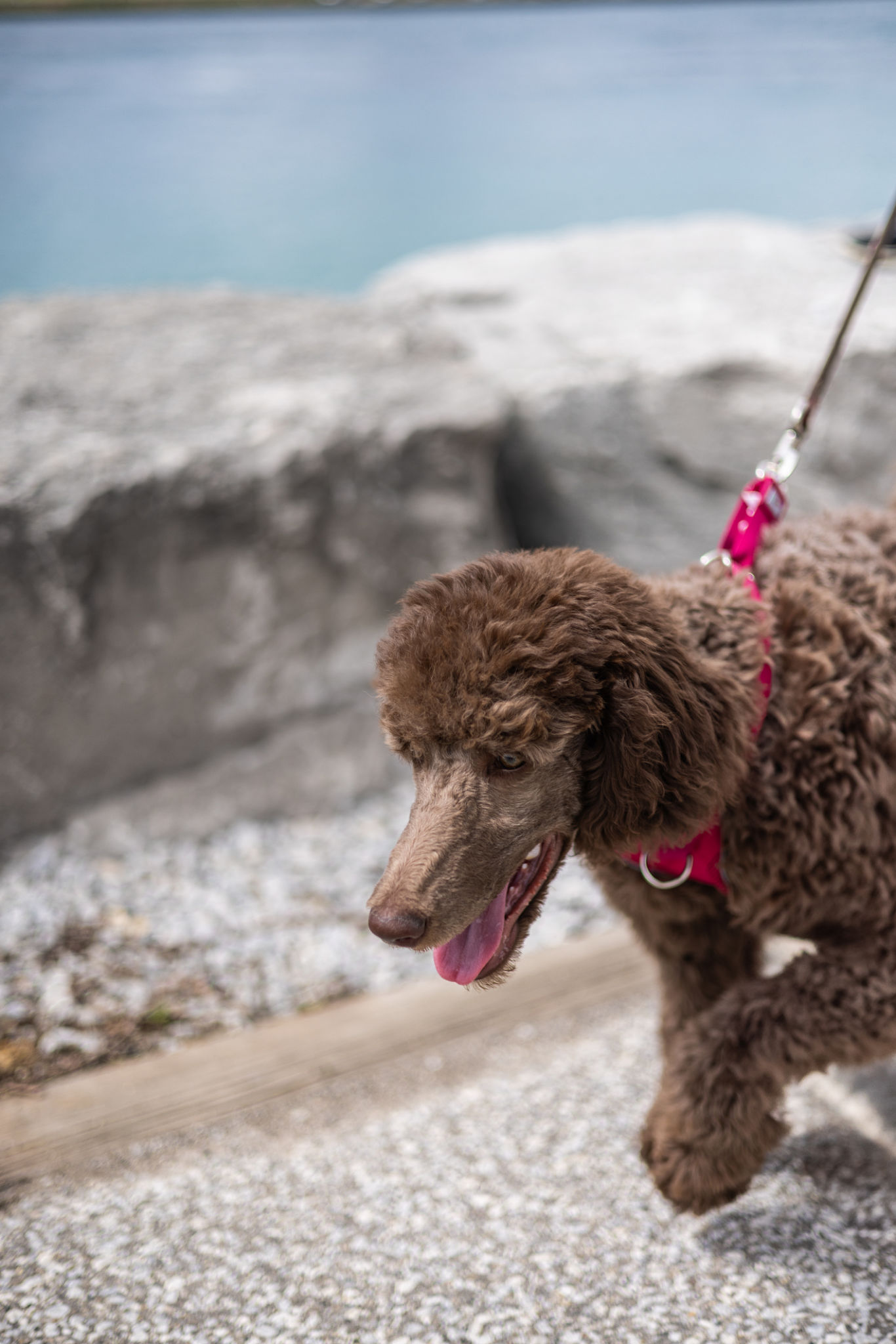Preparing Your Pet for Seasonal Changes: Tips from the Experts
DG
Understanding Seasonal Changes and Pets
As the seasons shift, it's essential to recognize how these changes affect your pets. Just like humans, animals can feel the impact of temperature fluctuations, humidity changes, and varying daylight hours. Ensuring your pet remains comfortable and healthy throughout these transitions is key to their well-being.
Each season presents unique challenges and opportunities for pets. Whether it's the sweltering heat of summer or the biting chill of winter, being prepared can help mitigate potential health risks and enhance your pet's comfort.

Adapting to Temperature Changes
Keeping Cool in the Summer
The summer months can be particularly challenging for pets, especially those with thick fur coats. Ensure they have access to plenty of fresh water and a cool, shaded area to rest. Consider using fans or air conditioning to maintain a comfortable indoor temperature.
Avoid walking your pets during peak heat hours, typically between 10 AM and 4 PM. Instead, opt for early morning or late evening walks when temperatures are milder. Additionally, be mindful of hot pavement which can burn your pet's paws.

Staying Warm in the Winter
Winter requires special attention to keep your pet warm and safe. Ensure they have a warm place to sleep, away from drafts or cold floors. For smaller or short-haired breeds, consider investing in a pet sweater or coat for outdoor excursions.
Be cautious of ice and snow, which can cause slips or cold burns on your pet's paws. After outdoor activities, check their paws for any signs of irritation and gently clean them to remove any salt or chemicals.

Adjusting to Daylight Changes
Seasonal shifts often bring changes in daylight hours, which can affect your pet's behavior and routines. Pets may become more lethargic as days shorten in the fall and winter. To counteract this, engage them with indoor playtime and stimulating activities.
Consider adjusting feeding and walking schedules to align with daylight hours, ensuring your pet gets adequate exercise and remains active despite shorter days.
Monitoring Health and Behavior
Throughout seasonal changes, it's essential to monitor your pet's health and behavior closely. Look for signs of discomfort such as excessive panting in the heat or shivering in the cold. Any abrupt changes in behavior should be addressed promptly with a veterinarian.
Regular grooming is also crucial as it helps manage shedding and maintain a clean coat, which is particularly important during seasonal shedding times. Regular check-ups with a vet will ensure any potential health issues are caught early.
Conclusion: Ensuring Your Pet's Comfort All Year Round
By preparing for seasonal changes, you can ensure your pet remains healthy and happy year-round. From adjusting to temperature shifts to monitoring behavior changes, these expert tips will help you provide the best care possible for your furry friend.
Remember, every pet is unique, and their needs may vary. Stay attentive and responsive to their individual requirements, and don't hesitate to seek professional advice when needed. With the right preparation, both you and your pet can enjoy the beauty of each season together.